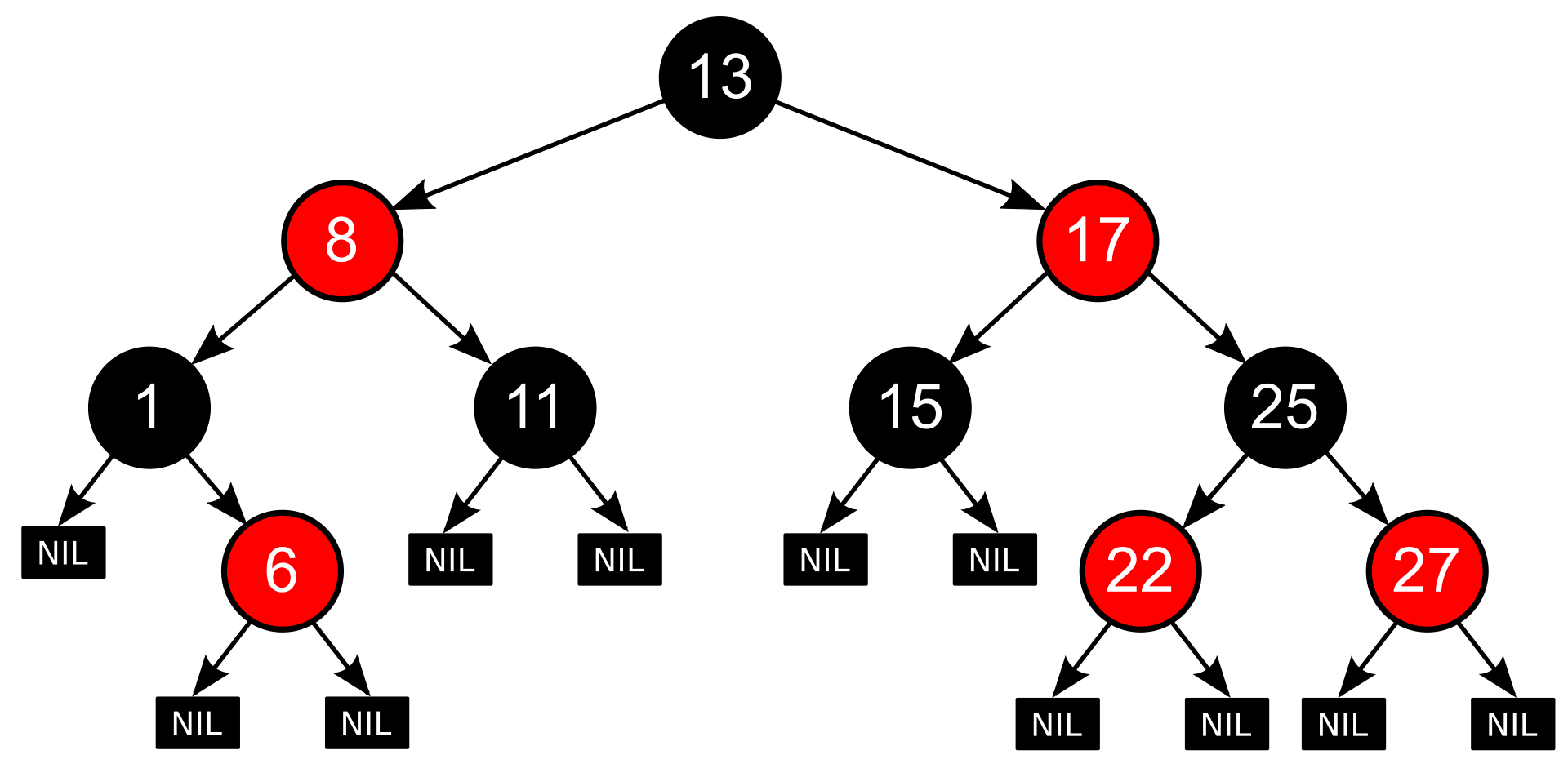Understanding Trees in Data Structures
In the realm of data structures, trees are fundamental and versatile structures that are used to represent hierarchical relationships between data elements. A tree is a hierarchical data structure composed of nodes connected by edges. It consists of a root node, which is the topmost node, and zero or more child nodes, each of which may have its own children. Trees are commonly used to represent hierarchical relationships such as organizational structures, file systems, and family trees.
Before diving deeper into trees, let’s familiarize ourselves with some common terminology:
- Root: The topmost node of the tree, from which all other nodes are descended.
- Node: Each element in a tree, consisting of a value or data and references to its child nodes (if any).
- Parent: A node that has one or more child nodes.
- Child: A node directly connected to another node when moving away from the root.
- Leaf: A node that has no children.
- Depth: The length of the path from the root to a particular node.
- Height: The length of the longest path from a node to a leaf.
- Subtree: A tree formed by a node and all its descendants.
Common types of trees include:
-
Binary Tree: Each node has at most two children, referred to as the left child and the right child.

-
Binary Search Tree (BST): Values of the left child are less than the value of the parent node, and values of the right child are greater than the value of the parent node.

-
AVL Tree: A self-balancing binary search tree where the heights of the two child subtrees of any node differ by at most one.

-
Red-Black Tree: A self-balancing binary search tree that maintains balance by enforcing constraints on the colors of nodes.

Trees are versatile data structures that play a crucial role in various applications in computer science and software development. By understanding the properties, terminology, and types of trees, programmers can leverage them effectively to represent and manipulate hierarchical data, optimize algorithms, and solve complex problems.